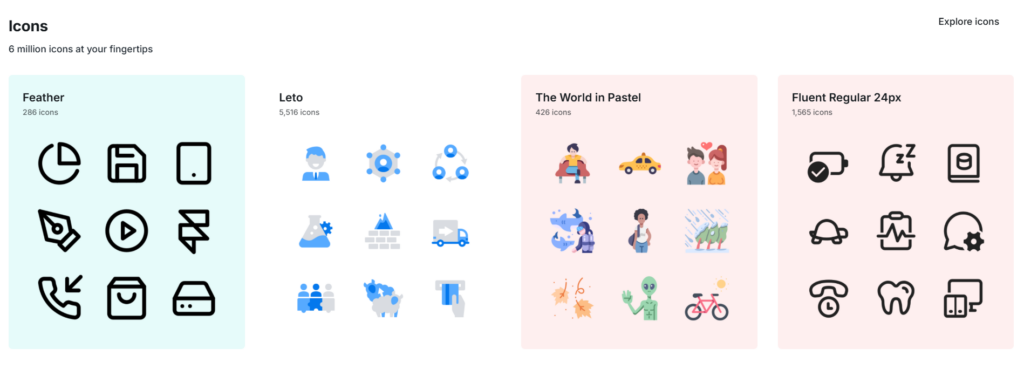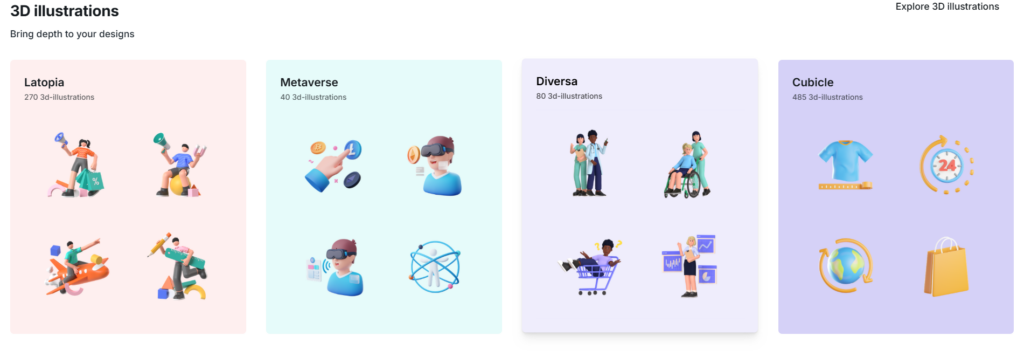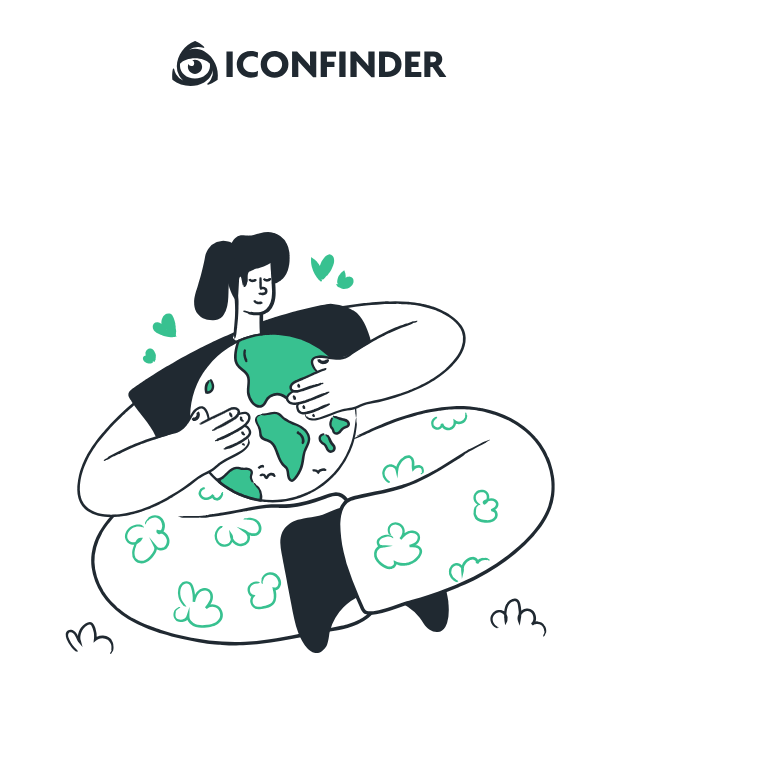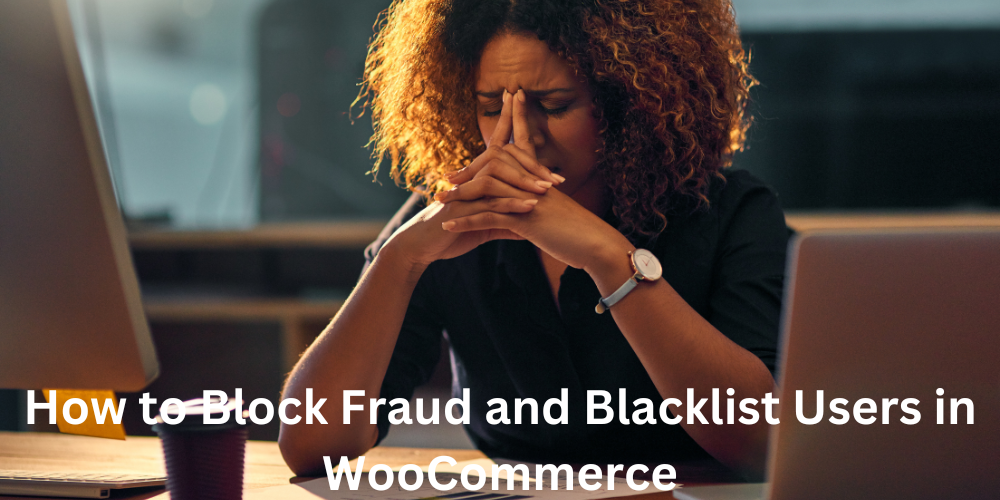Iconfinder is a Denmark-based web company that provides a search engine for icons. It was founded on May 5, 2007, by Martin LeBlanc Eigtved and gained significant popularity after its relaunch in 2009. The platform serves a global audience and offers millions of vector and raster icons designed by artists worldwide. As of 2012, it had over 1.1 million registered accounts and received $1.5 million in funding from VF Venture.

Key Features
- Extensive Icon Library: Iconfinder boasts a collection of over 4.2 million icons and 25,000+ icon sets, which are continually updated.
- Advanced Search Functionality: Users can search icons by keywords, styles (flat, outline, 3D, etc.), formats (SVG, PNG), licenses, sizes, and background colors.
- Customization Options: Icons can be downloaded in scalable formats like SVG for easy editing without pixelation.
- User-Friendly Interface: The platform is designed for effortless navigation and filtering to find icons that match specific creative needs.
- Integration Tools: Offers features like Mac widgets for quick searches and an RSS feed for updates on new icons.
Benefits
- Time-Saving Resource: Iconfinder simplifies the design process by providing high-quality icons, saving users from creating them from scratch.
- Professional Quality: The platform ensures all icons meet high standards, avoiding low-quality graphics in its library.
- Flexible Pricing Plans:
- Micro Plan: $9/month for 10 downloads.
- Starter Plan: $19/month for 50 downloads (up to 5 members).
- Unlimited Plan: $49/month with no download limits (up to 25 members).
- Community Engagement: Designers can contribute their icons to the platform, fostering a collaborative environment.
Additional Insights
Iconfinder is widely recognized as one of the best resources for professional-grade icons used in UI designs, branding, apps, and websites. Its intuitive search engine makes it comparable to Google Images but tailored specifically for icons. The platform is particularly favored by businesses and designers who aim to enhance their visual communication efficiently.
Despite its premium pricing structure, Iconfinder remains highly valued for its quality and extensive library. It competes with other icon platforms like Flaticon, Icons8, and The Noun Project but distinguishes itself by focusing on quality and user experience.
Explore INPRNT to sell and buy high-quality art prints from talented artists worldwide.
How does Iconfinder ensure the quality of its icons?
Iconfinder ensures the quality of its icons through a combination of strict review processes, technical requirements, and actionable feedback for contributors. Here’s how it achieves this:
Quality Assurance Process
- Rigorous Review of Submissions: Every icon set submitted to Iconfinder undergoes a thorough evaluation by its content review team. This ensures that icons meet high standards for refinement, style, and commercial value. Sets that do not meet the criteria are not outright rejected but are returned with specific suggestions for improvement.
- Focus on Refinement and Style: Icons are assessed for clarity, recognizability, and consistency across different sizes and instances. Designers are encouraged to maintain uniformity in line weights, colors, shapes, and overall design style within an icon pack.
- Consistency Standards: Iconfinder emphasizes the importance of consistent design styles within packs. This includes avoiding mixed styles (e.g., outline vs. flat) and ensuring cohesive use of colors and shapes to create memorable and user-friendly icon sets.
Technical Requirements
- Pack Size Limitations: Contributors must submit packs containing between 10 to 250 items, with an ideal size of 30–50 items. This ensures the marketplace remains competitive while maintaining the value of individual items.
- File Format Specifications: Icons must adhere to technical guidelines for formats like SVG or PNG to ensure scalability and usability across various platforms.
Feedback System
- Actionable Suggestions: Instead of rejecting submissions outright, Iconfinder provides detailed feedback on how designers can refine their work to meet premium quality standards. This collaborative approach helps contributors improve their designs while maintaining high-quality offerings on the platform.
Benefits of Quality Control
- High Standards Across Library: The rigorous quality checks result in a library free from low-quality or inconsistent icons, making Iconfinder a reliable resource for professional designers.
- Enhanced User Experience: The focus on quality ensures that users can access visually appealing icons that integrate seamlessly into their projects.
Through these measures, Iconfinder maintains its reputation as a leading platform for sourcing premium-quality icons while supporting contributors in enhancing their design skills.
Check out IconScout for a vast collection of icons, illustrations, and 3D assets, perfect for designers and developers.
What types of icons are most popular on Iconfinder?
The most popular types of icons on Iconfinder reflect current design trends, user needs, and the platform’s extensive collection. Here are the key categories and styles that are highly sought after:

Popular Types of Icons on Iconfinder
- Flat Icons:
- Flat design remains a favorite due to its simplicity and modern look. These icons are widely used in web design, app interfaces, and branding projects.
- Outline Icons:
- These icons feature thin, clean lines and are often used for minimalistic designs. They are versatile and work well in both light and dark themes.
- Filled Icons:
- Filled or solid icons are popular for creating bold visuals and ensuring clarity at smaller sizes. They are commonly used in mobile apps and dashboards.
- Hand-Drawn or Doodle Icons:
- Hand-drawn styles, such as doodle icons, have gained popularity for their playful and creative appeal. These are often used in casual or artistic projects.
- Isometric Icons:
- Isometric designs provide a 3D-like perspective while maintaining simplicity. These are frequently used for infographics, gaming apps, and creative branding.
- Pixel Art Icons:
- Pixel art icons cater to retro-themed designs and are popular among gaming applications or nostalgic projects.
- Social Media Icons:
- Social media logos in various styles (minimalist, colorful, hand-drawn) are consistently in demand for websites and marketing materials.
- Gradient Icons:
- Gradient-filled icons offer a vibrant and modern touch, aligning with recent design trends for dynamic visuals.
- 3D Icons:
- With advancements in design tools, 3D icons have become more popular for adding depth and realism to digital interfaces.
- Customizable SVG Icons:
- SVG icons that can be easily customized in terms of size, color, and style remain a top choice for designers looking for flexibility.
These categories highlight the diversity of Iconfinder’s library, catering to various industries and creative needs while keeping up with contemporary design trends.
How has Iconfinder’s traffic changed over the past year?
To assess how Iconfinder’s traffic has changed over the past year, we can look at recent data and trends. However, specific year-over-year traffic changes are not detailed in the provided search results. Here’s what we can infer:
- Recent Traffic Trends: As of February 2025, Iconfinder’s web traffic has decreased by 4.52% compared to the previous month, with about 1.3 million visits. This indicates a slight decline in traffic over a short period.
- Global Ranking: Iconfinder’s global ranking improved from 40,773 to 38,558 over the past three months, suggesting a slight increase in its global visibility or traffic relative to other websites.
- Traffic Sources: The majority of Iconfinder’s traffic comes from organic search (58.71%) and direct visits (34.59%), with no significant contribution from paid search. This reliance on organic search might make traffic more susceptible to changes in search engine algorithms.
- Comparison to Competitors: Iconfinder’s traffic is significantly lower than some competitors like Flaticon, which receives about 11.8 million visits. This comparison highlights Iconfinder’s niche focus and smaller market share.
Without specific year-over-year data, it’s challenging to provide a detailed analysis of Iconfinder’s traffic changes over the past year. However, the platform seems to maintain a stable user base with slight fluctuations in traffic.
Iconfinder Partnered or Affiliated Program
Yes, Iconfinder offers a Referral Program where users can earn bonuses by inviting friends. Here’s a summary:

- Earning Scenarios:
- When a referred friend signs up for Iconfinder Pro, they get a 50% discount on the first month, and you earn 50% of the monthly plan or 100% of one month for annual plans.
- When a friend buys items or makes a prepayment, both you and your friend receive 50% of the purchase value as a bonus.
- Referral Links: Share personalized links via social media or email. Cookies track referrals for one month.
- Earnings: Referral bonuses go to your Iconfinder account. You can cash out (minimum $100) via PayPal, Payoneer, or bank transfer.
- Eligibility: Open to all registered users, not limited to designers or Pro subscribers.
- Fair Usage: Self-referrals are prohibited, and activities are monitored for compliance.




